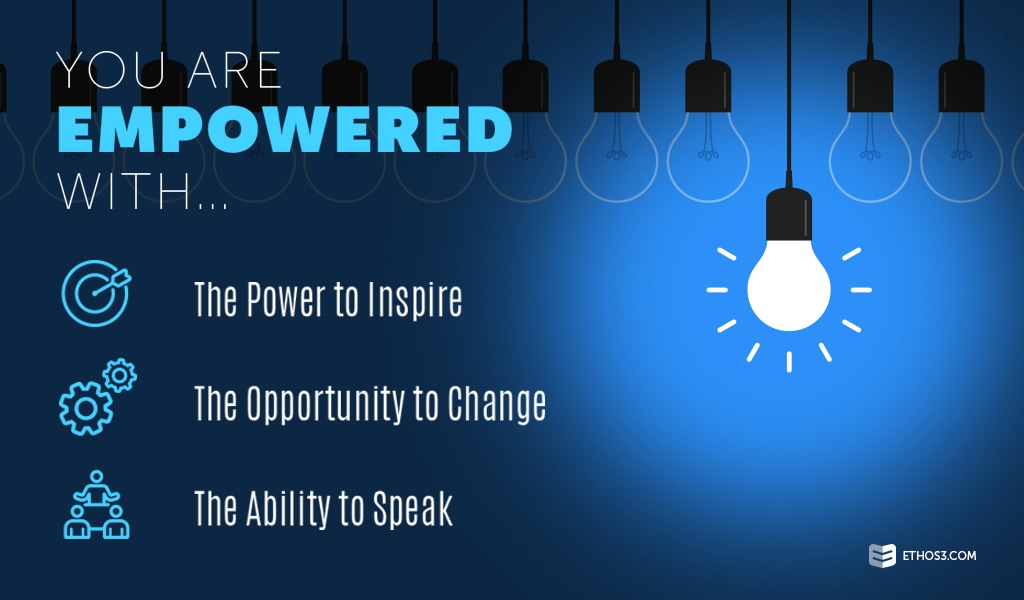You can’t yell “FIRE” in a crowded theater with no evidence of flames. In 1919, the Supreme Court judged the case of Charles Schenck and his protest of the World War I draft. After printing and distributing 15,000 fliers with anti-draft language to individuals, he was convicted of crime under The Espionage Act of 1917 and the Sedition Act of 1918. The Court chimed in unison that the First Amendment will not save a person who delivers speech setting in action a “clear and present danger.” That standard for unlawful speech has since been expanded through cases like United States v. Brandenburg. A Ku Klux Klan leader incited an Ohio crowd with racially-demeaning language and violent calls to action. The Supreme Court decided that prohibited speech no longer had to only represent danger. It also had to encourage “imminent lawless action.” The Schenck and Brandenburg rulings had significant implications for public speech. And consequences of disobeying still apply today. But, most importantly, the journey to define free speech in America emphasizes the value presenters should place on public meeting presentations. We are talking about city council, public works and utilities, and other local, state, and federal public gatherings. Here’s why presenters and all types of public speakers should cling to their First Amendment rights:

The Power to Inspire
Barring inciting a chain of violent reactions, presenters can use many methods of motivation on their audiences – especially during public meeting presentations. It can be like pulling teeth to get people in your area excited about a local ordinance or rezoning matter. But the First Amendment gives you the support you need to root for your cause and rally your troops.
The Opportunity to Change
City and county councils and a variety of other local and state government entities allow individuals to present their ideas or opinions on a wide array of issues. The First Amendment guarantees the population the chance to spark transformation within their towns, cities, and even states.
The Ability to Speak
Approximately 86% of the world does not have a free press. The United States is one country of 14% that do have the ability to have their voices be heard. So at a basic level, appreciate your right to speak to others and to have others listen to you. Instead of shying away from speaking up during public meeting presentations, own the opportunity to shine.
The courts have applied the First Amendment in several different ways throughout American history. And today, we have greater leeway than ever before in the way of public speech. Don’t squander your public meeting presentations. The First Amendment is no protection to undermine.
Related Posts:
Your Complete Guide to Creating Quality Presentation Content
How Changing Content Can Make You a Leader
Try One of These Words in Your Next Presentation Call to Action
